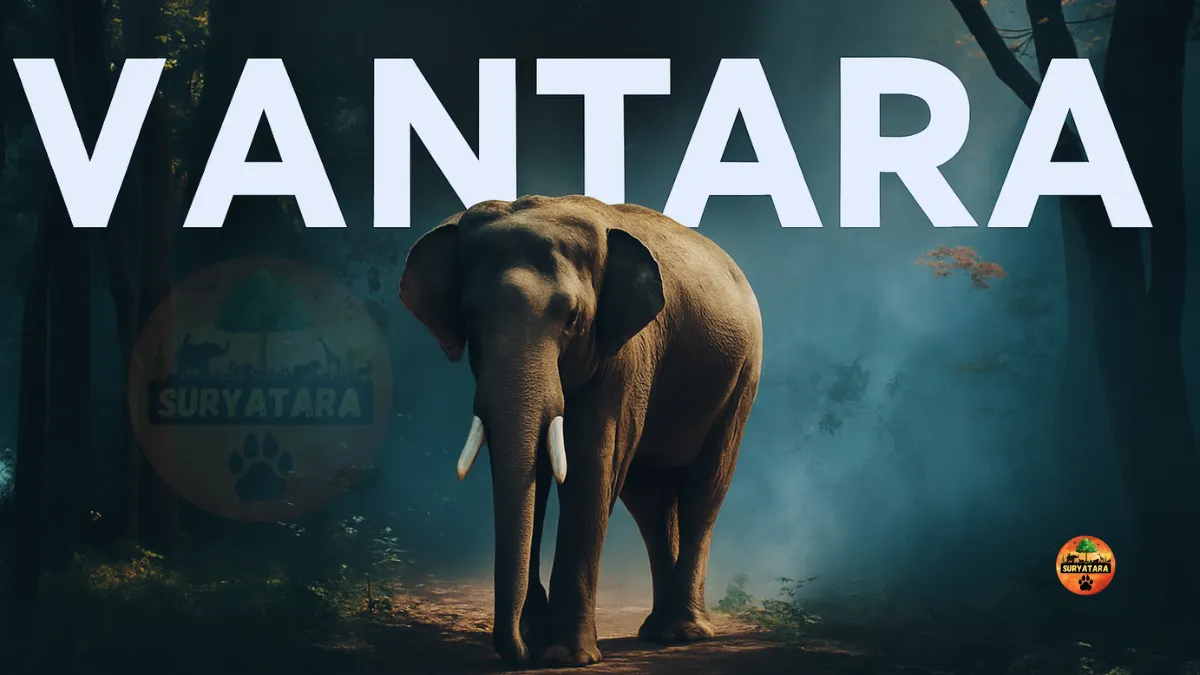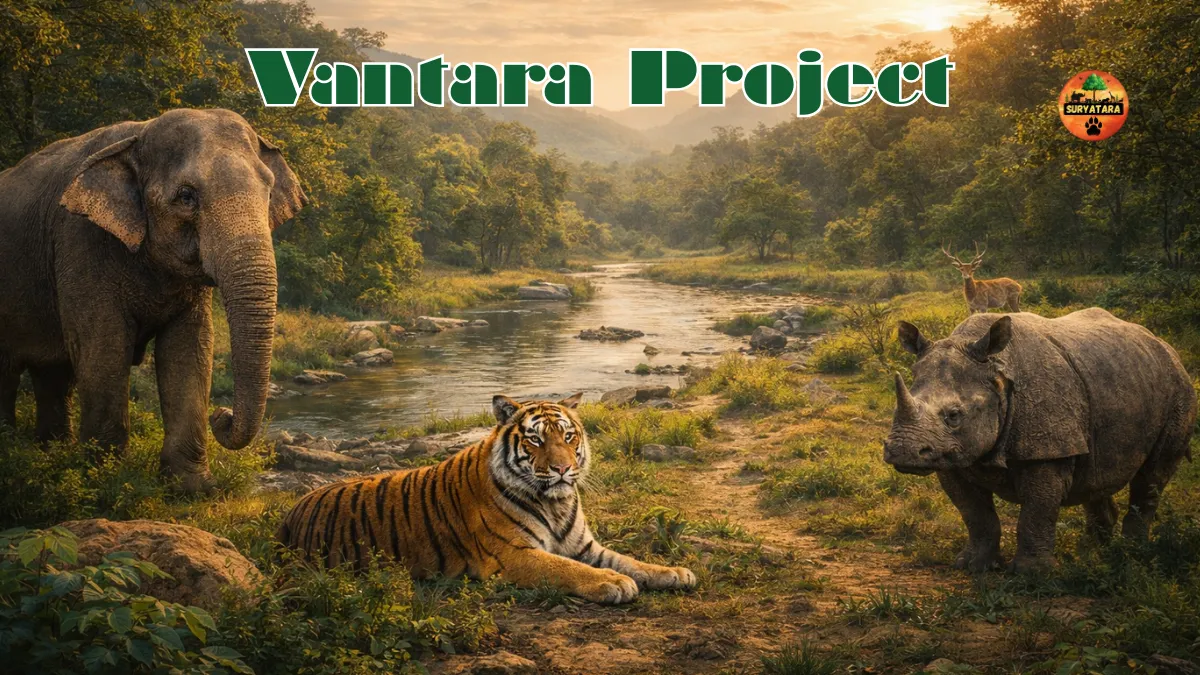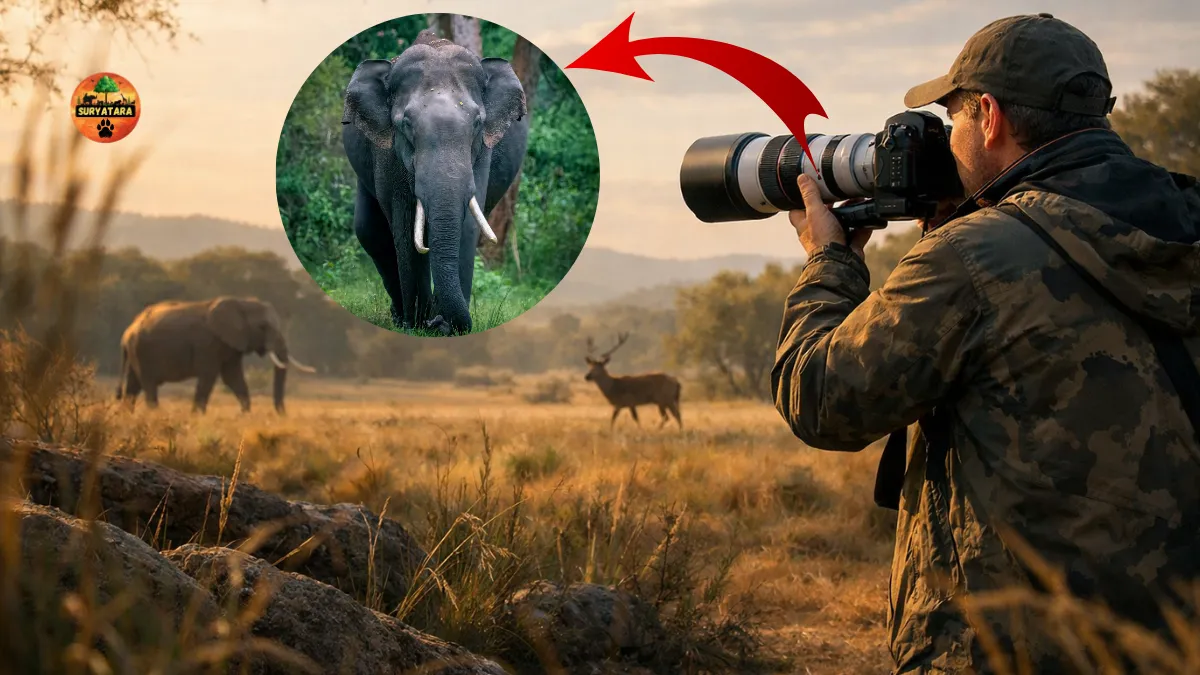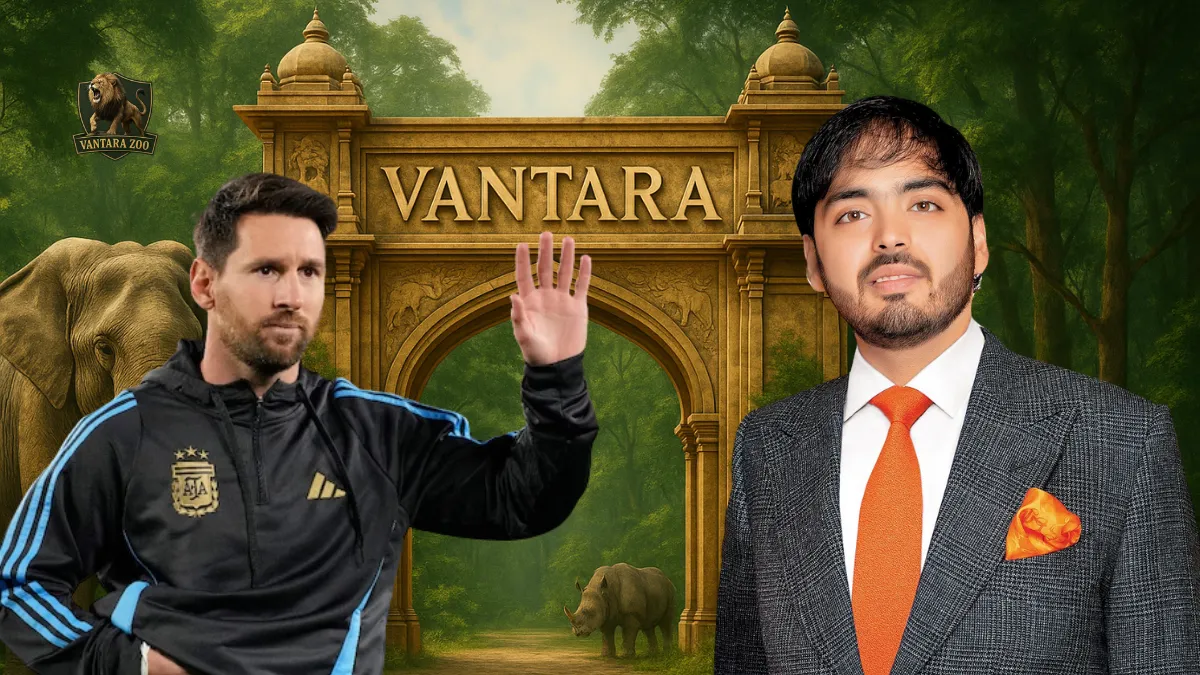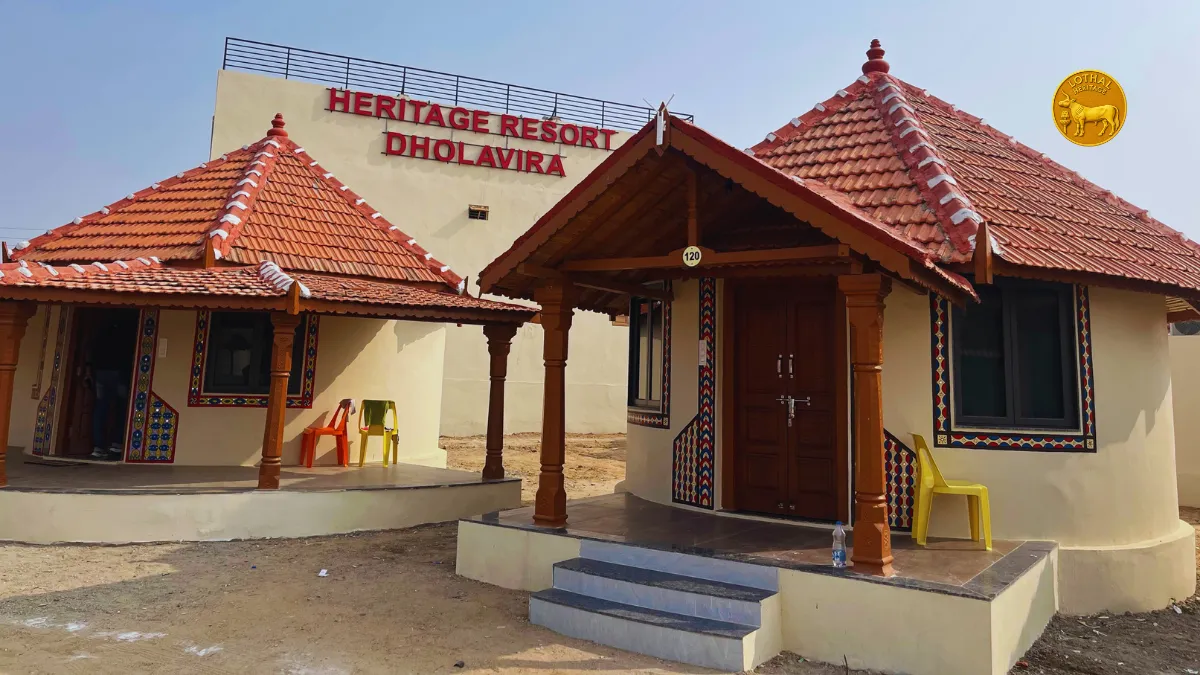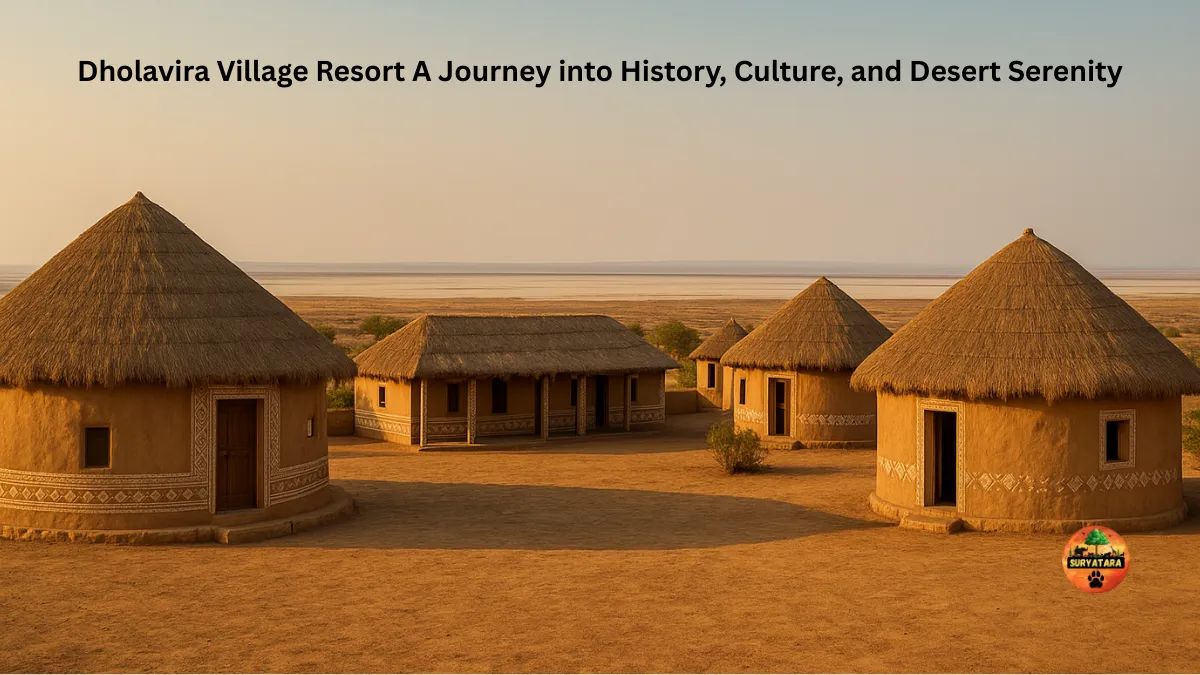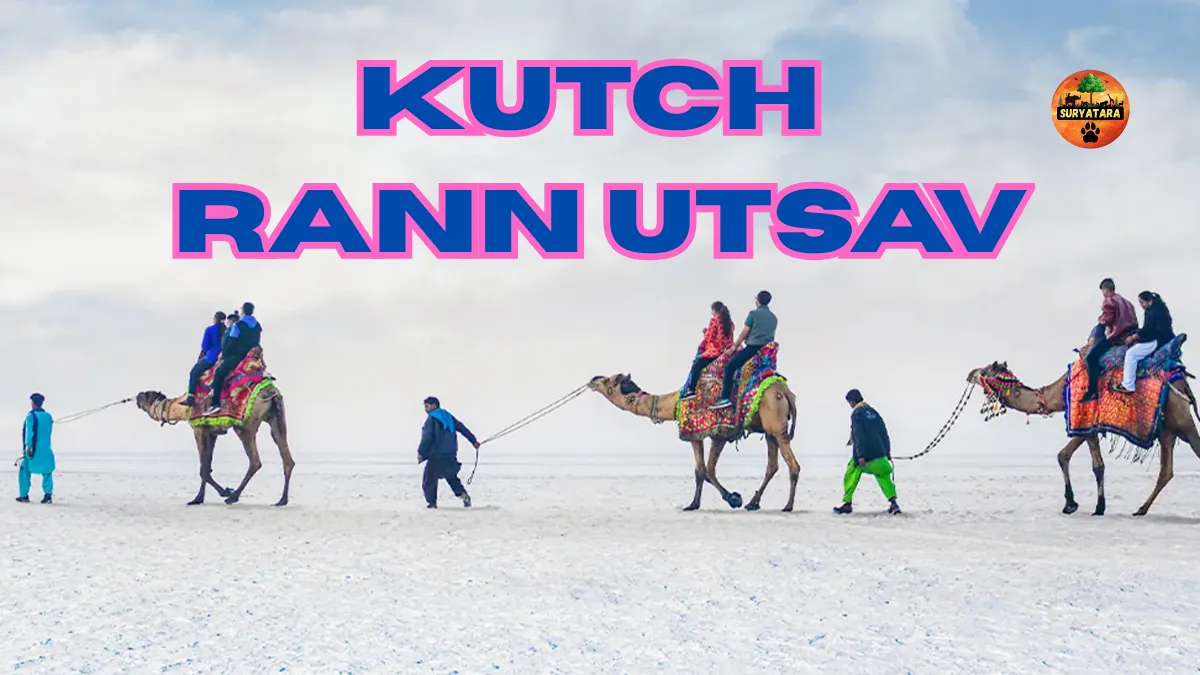Vantara , the visionary wildlife rescue and rehabilitation centre developed by Anant Ambani in Jamnagar, is quickly becoming one of the most remarkable examples of animal welfare and conservation in the world. Spread over a vast 3,000 + acres within the Reliance Jamnagar Refinery Complex, this sanctuary is home to over 1.5 lakh rescued animals, making it one of the largest of its kind globally. Although it is not yet open to the general public, plans for limited educational access are underway.
Unlike zoos or amusement parks, Vantara has been built on the foundation of compassion, conservation, and cutting-edge science. It isn’t just a place where animals are kept—it’s a sanctuary where they are healed, rehabilitated, and in some cases, prepared for rewilding.
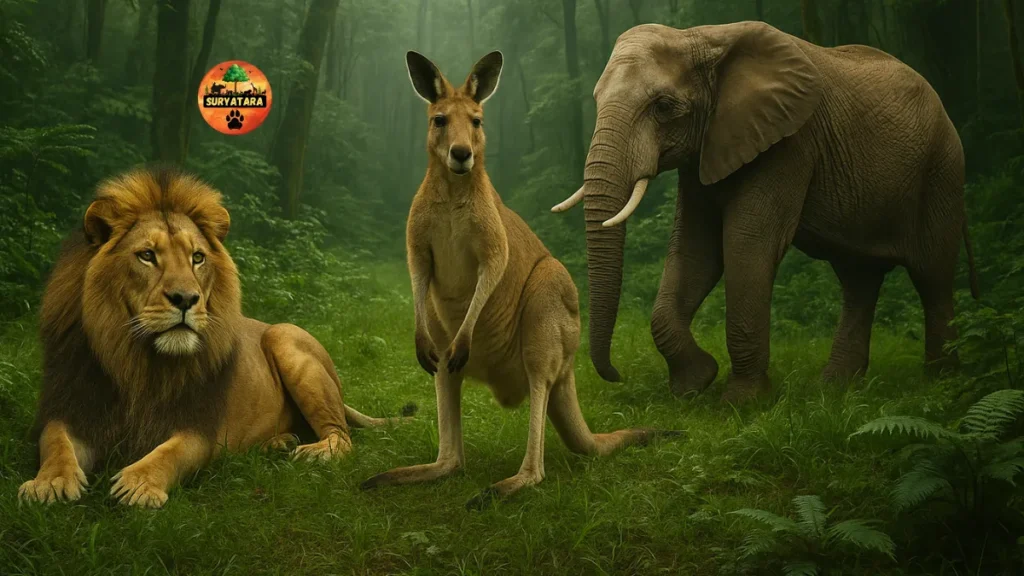
What Is Vantara and Why Is It So Different?
Let’s begin by clearing the biggest misconception: Vantara is not a zoo.
There are no food stalls, gift shops, or staged animal shows. Instead, Vantara is a non-profit rescue, rehabilitation, and research centre designed to serve the emotional and physical recovery needs of animals rescued from dire conditions—illegal circuses, exotic pet trades, trafficking routes, and even abusive captivity.
The name Vantara comes from Sanskrit, meaning “Star of the Forest”, and perfectly captures the soul of the project. Conceptualized and led by Anant Ambani, the youngest son of Mukesh and Nita Ambani, Vantara provides world-class care to over 2,000 species, including:
- Elephants
- Big cats
- Snow leopards
- Exotic birds
- Rare reptiles
- Monkeys and many others
Here, animals aren’t on display. They roam, rest, and recover in naturalistic enclosures designed with their species-specific needs in mind.
Can the Public Visit Vantara Jamnagar?
That’s the question on everyone’s mind—and the answer, as of July 2025, is not yet.
Currently, Vantara remains closed to public visits. The sanctuary’s focus is on healing animals and creating an optimal environment for their recovery. However, insiders confirm that limited-access educational visits are in development. These will likely involve quiet eco-walks, guided by wildlife experts rather than commercial tour operators.
According to the official Vantara website, public access may begin in late 2025 or early 2026, but only after thorough evaluation of the animals’ well-being and readiness of the visitor infrastructure.
Why Is It Still Closed?
The reason is not secrecy—it’s sensitivity.
There are three primary factors behind the continued closure:
- Animal Well-being Comes First
Most animals at Vantara have suffered trauma. Many are in the process of emotional and physical healing. They’re not here for human entertainment—they’re here to get better. - Science Over Spectacle
The facility prioritizes veterinary science, animal psychology, and behavioral study over visitor numbers. Every species has unique nutritional, medical, and psychological needs, and those come first. - Still Under Construction
Although core animal habitats are ready, visitor pathways, educational centres, and safety protocols are still being finalized. The plan is to welcome humans only when their presence won’t negatively impact the animals.
What Will Public Visits Look Like in the Future?
Anant Ambani has emphasized that Vantara is not designed for amusement—it’s built for awareness and education. When visitor access begins, it will be deeply controlled and respectful.
Here’s what you can expect:
- Entry by reservation only, with limited daily footfall
- Expert-led guided tours by conservationists, researchers, and veterinarians
- Educational centres that highlight endangered species and ecological balance
- Quiet observation decks where visitors can watch animal care without interference
- No cafés, no gift shops, and no noisy attractions—only meaningful experiences
PM Modi’s Visit to Vantara
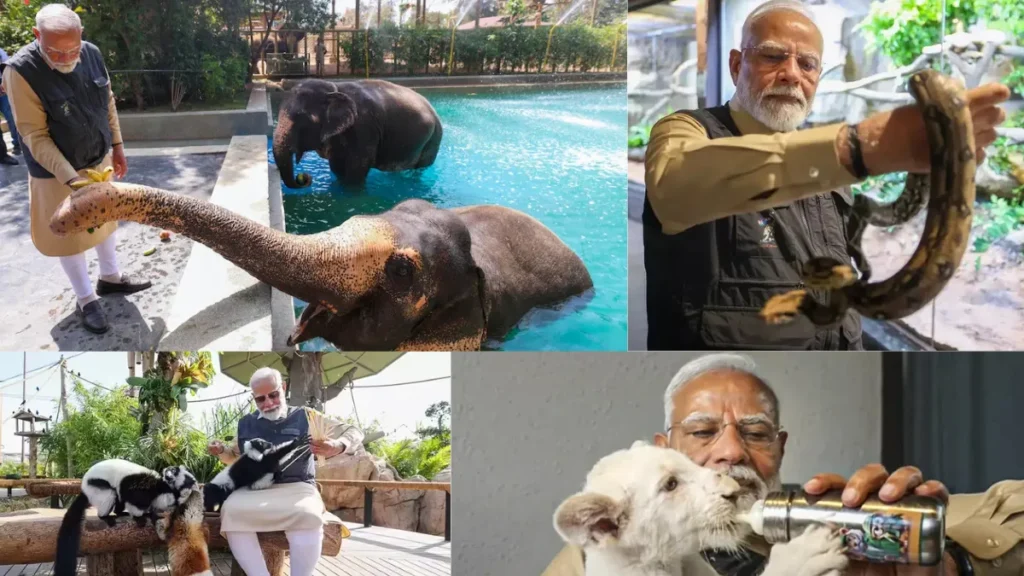
In March 2025, Prime Minister Narendra Modi paid a significant visit to Vantara, accompanied by Anant Ambani. During his tour, he explored some of the most advanced animal enclosures, including the snow tiger habitat—home to four tigers rescued from a European circus.
This visit brought national attention to the project, positioning animal welfare as a subject deserving of mainstream dialogue and government support.
What Makes Vantara Unique on a Global Level?
Several features set Vantara apart as a world-class wildlife conservation facility:
600-Acre Elephant Zone
Designed like a luxury wellness retreat for elephants, it includes hydrotherapy jacuzzis, spa-like pools, and large, shaded groves.
Wildlife Super-Hospital
Spanning 1 lakh square feet, it is equipped with MRI machines, oxygen chambers, critical care ICUs, and surgical suites designed for both domestic and exotic species.
Naturalistic Enclosures
Habitats are modeled on real ecosystems, such as sand dunes for big cats and treetop canopies for monkeys. They are created for the comfort of animals—not for human visual appeal.
Global Research Collaborations
Vantara collaborates with international universities, conservation experts, and leading veterinarians to innovate continuously in animal care and rehabilitation.
Where Is Vantara Located?
Location: Inside the Reliance Jamnagar Refinery Complex, Gujarat
Inaugurated: March 4, 2025
Official Website: www.vantara.in
Here, you can find rescue updates, conservation news, official statements, and contact information.
How Much Does It Cost to Run Vantara?
Operating Vantara is a massive undertaking, both logistically and financially. According to its official site, Rs 150–200 crore is spent annually on:
- Animal nutrition
- Medical treatments
- Staff salaries
- Habitat construction and maintenance
- Research and conservation initiatives
This makes it one of the most expensive private conservation efforts in the world, entirely funded by the Ambani family—without any plans to commercialize it.
Anant Ambani: The Heart Behind Vantara
This isn’t just another billionaire’s side project. Anant Ambani has been personally involved in the creation and daily functioning of Vantara. His love for animals began in childhood, deeply influenced by his parents.
“My mother rescued our first elephant, Gauri,” he shared during the launch. “And my father always took us to forests, not beaches, for vacations. That’s where my connection with wildlife was born.”
He refers to Vantara as “Sevalaya”—a place of service, not entertainment. His philosophy is clear: “We’re not here to entertain. We’re here to heal.”
Fun Fact: Vantara Is Built for Rewilding Too
Not all animals at Vantara are meant to spend their entire lives here. Many undergo rehabilitation with the goal of returning to the wild. Vantara functions like a halfway home—focused on restoration and rewilding wherever safe and possible.
Also read: Vantara: A World-Class Wildlife Rescue and Rehabilitation Center in India
A Forest in the Middle of a Refinery
In a world driven by tourism numbers and entertainment value, Vantara is a refreshing contrast. It’s not a place where animals perform or pose—it’s where they heal, grow, and reclaim their stories.
When it finally opens its gates, it won’t be for spectacle. It will be for those who truly care, who want to learn and reflect, and who understand that sometimes the most radical thing we can offer another life—is peace.
Also read: Vantara Jamnagar Zoo Ticket Price Entry Details
Conclusion:
Vantara Jamnagar is not just a wildlife rescue center—it is a compassionate, science-driven sanctuary that redefines how humans care for animals. Spearheaded by Anant Ambani, the project stands as a global example of ethical conservation, prioritizing healing over exhibition. While it remains closed to the general public for now, plans for limited educational access are in progress.
In a world obsessed with commercial attractions, Vantara offers a rare and noble vision: a place where animals are not showcased but safeguarded—where their stories are restored with dignity, care, and hope.
Disclaimer
The ticket prices mentioned in this article have been gathered from various online sources and are intended solely for informational and illustrative purposes.Suryatara.com does not confirm or verify these rates officially. Vantara has not yet announced any official entry fees, as the facility is currently not open to the general public. Readers are advised to refer to Vantara’s official platforms and announcements for accurate and up-to-date information.
FAQ
How many animals live at Vantara?
Over 1.5 lakh animals from more than 2,000 species.
What’s the main aim?
To rescue, rehabilitate, and—when possible—release animals back into the wild.
Can I visit Vantara?
Not yet. Public access may begin by late 2025, in limited, educational formats.
Is Vantara a zoo?
No. It’s a conservation and rescue centre focused on care and healing.
